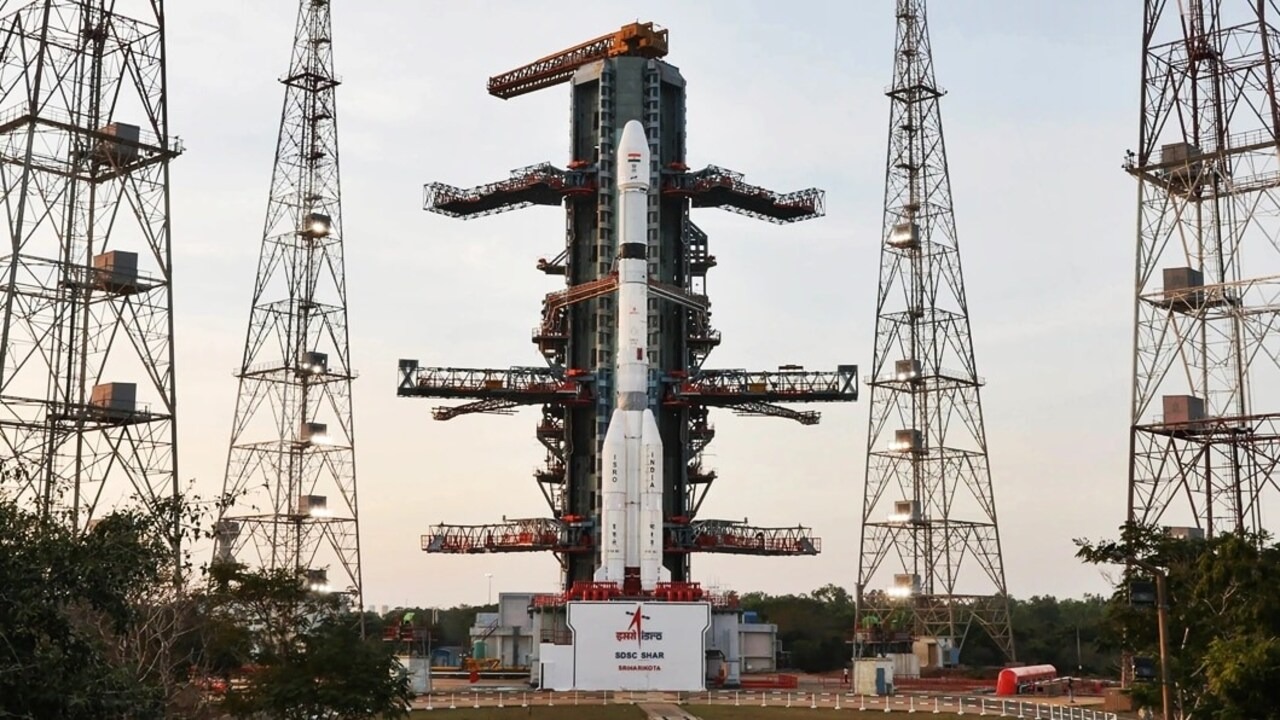India is ready to make a giant leap in space-based observation and Earth watching as ISRO is getting ready to launch the radar imaging satellite RISAT-1B (EOS-09) on board PSLV-C61 at 6:59 am IST on May 18, 2025, from Satish Dhawan Space Centre, Sriharikota.
Strategic Timing and Objective:
The launch of RISAT-1B is being accelerated due to recent security breaches and heightened border tensions, highlighting its pivotal role in enhancing India's surveillance capabilities on sensitive borders and coastlines.
Advanced All-Weather Imaging
Equipped with a state-of-the-art C-band synthetic aperture radar (SAR), RISAT-1B can capture high-resolution images day and night, regardless of weather conditions. This makes it invaluable for continuous monitoring of agriculture, forestry, disaster management, urban planning, and, most critically, national security.
Mission Details:
Weighing 1,710 kg, RISAT-1B will be put into a sun-synchronous polar orbit at an altitude of approximately 529 km aboard the XL variant of the PSLV rocket. The satellite's rugged design provides consistent, day-and-night data recording, augmenting current Resourcesat, Cartosat, and RISAT-2B satellites.
Enhancing Space Surveillance:
RISAT-1B forms a part of ISRO's ambitious strategy for launching a series of 52 satellites in five years, augmented with more participation from the private sector, aimed at offering real-time coverage and strengthening national security infrastructure.
Civilian and Strategic Impact:
Imagery offered by the satellite will cater to varied applications, ranging from monitoring crops and management of floods to object detection and military reconnaissance and hence will become a pillar supporting both civilian as well as defence requirements.
With PSLV-C61/EOS-09, ISRO once again proves its technological capabilities and dedication to protecting India's interests from space.
Sources: India Today, UNI India, Gadyal Kashmir, ISRO Spaceflight (X)
